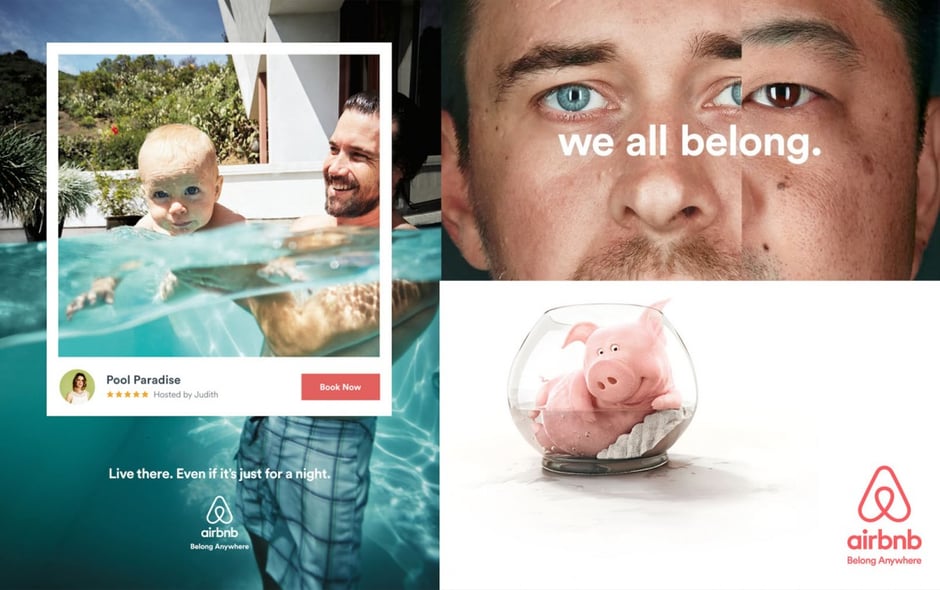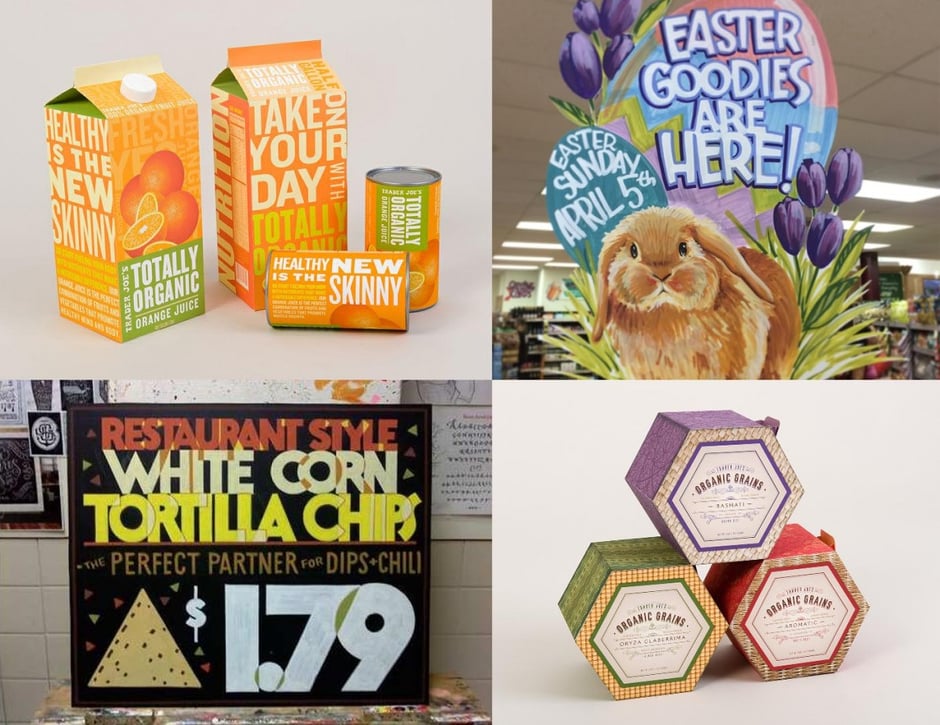Step Away from the Style Guide... Your Brand Needs You

You have a brand. You’re invested in it. You’ve documented it in 30 pages of “what to do and not to do” in your style guide. But before you brandish your brand in earnest, let’s unpack what it embodies.
"You keep using that word. I do not think it means what you think it means."
- Inigo Montoya, The Princess Bride
The Literal
In its most basic form, branding identifies something as being produced by a specific source. Establishing a consistent visual language aids customers in identifying that source easily. It allows them to choose between identical plastic bottles filled with Coke, Pepsi, or RC Cola.
But, a brand is far more than than a “look and feel”. It is not a logo, or a set of colors and template grids, nor can it be contained in a style guide. It is much bigger than that.
"A brand is… the intangible sum of a product’s attributes." - David Ogilvy, Ogilvy & Mather
The Intangible
Your brand is how people perceive your company or its product. It’s how you make people feel and how you meet expectations. It could be playful and innovative, or predictable and buttoned up. It is a promise. Your brand might represent a good value, or it aspires for exclusivity at a price. It must deliver on that promise to create repeat customers.
The core principles that drive your business decisions should also underwrite your brand. Carefully crafted core principles should resonate in harmony with your brand. Identifying these principles with thoughtful mission, vision, and value statements provides a solid foundation upon which to build.
Differentiation
"If you don’t stand for something, you will fall for anything." - Modern proverb
An effective brand differentiates. Stand apart from the competition and give your audience a reason to choose your product or service over the competition. Your differentiator should inspire (and be inspired by) company culture and be evident at every touchpoint—from your elevator speech to customer service experience to sales materials.
 Dove’s “Real Beauty” campaign celebrates natural beauty of all ages, sizes, and ethnicities. In an industry where even supermodels are airbrushed, Dove’s message resonates with everyday women and how they perceive themselves. It has been such a powerful differentiator that they’ve used it for over a decade.
Dove’s “Real Beauty” campaign celebrates natural beauty of all ages, sizes, and ethnicities. In an industry where even supermodels are airbrushed, Dove’s message resonates with everyday women and how they perceive themselves. It has been such a powerful differentiator that they’ve used it for over a decade.
Storytelling
Good branding is consistent storytelling. Compelling brand stories offer authenticity and an opportunity for your buyer to relate to your brand. Storytelling gives your buyers an inside look into what makes you tick. It helps to convey why they should be as passionate about your products or services as you are. Being a great storyteller helps to build brand loyalty with existing customers and brand awareness among prospective customers.
 Airbnb doesn’t just rent rooms… they connect people with places to belong by prioritizing “live like a local” experiences and customer stories. Airbnb is projected to have $3 billion in profits by 2020, according to Fortune magazine.
Airbnb doesn’t just rent rooms… they connect people with places to belong by prioritizing “live like a local” experiences and customer stories. Airbnb is projected to have $3 billion in profits by 2020, according to Fortune magazine.
Flexibility
Relying on style guides and templates is often necessary to establish a consistent visual language within a large organization. But using your style guide as the final arbiter of what is “on brand” almost guarantees that it will get stuck in a rut. Honor the intangible and allow it to inform the literal. Your brand isn’t a single set of visual rules. Allow it to grow, keeping pace with your business strategies and meeting your customers where they are. Give your brand the space to take calculated risks.
 Trader Joe’s seemingly random, homegrown private label branding would be impossible to contain in a style guide. And it works well at reinforcing their casual “fresh format” brand. In 2011, Fortune magazine estimated Trader Joe's sales revenue per square foot at more than DOUBLE those generated by Whole Foods.
Trader Joe’s seemingly random, homegrown private label branding would be impossible to contain in a style guide. And it works well at reinforcing their casual “fresh format” brand. In 2011, Fortune magazine estimated Trader Joe's sales revenue per square foot at more than DOUBLE those generated by Whole Foods.
Final Thoughts
Step away from the style guide and give your brand a chance to evolve. Doing a complete rebranding every few years is expensive, and also unnecessary if your brand is being curated properly. Iterate and improve and you will not only stay current, but achieve better outcomes.
Inspire authentic and effective storytelling within your organization. Once you’ve found your unique voice, curate your positioning and craft intentional communication that enables buyers to associate your brand with a distinct set of feelings.
Document your successes, not in a style guide but a “brand guide”. Mood boards are effective in communicating a look and feel in ways that don’t limit future creativity. Show examples of past marketing campaigns as examples of style and tone, and not as predetermined outcomes.
And be sure to entrust your brand in the hands of people who will respect and cultivate it. A brand should absolutely know where it stands… but also where it’s going.

